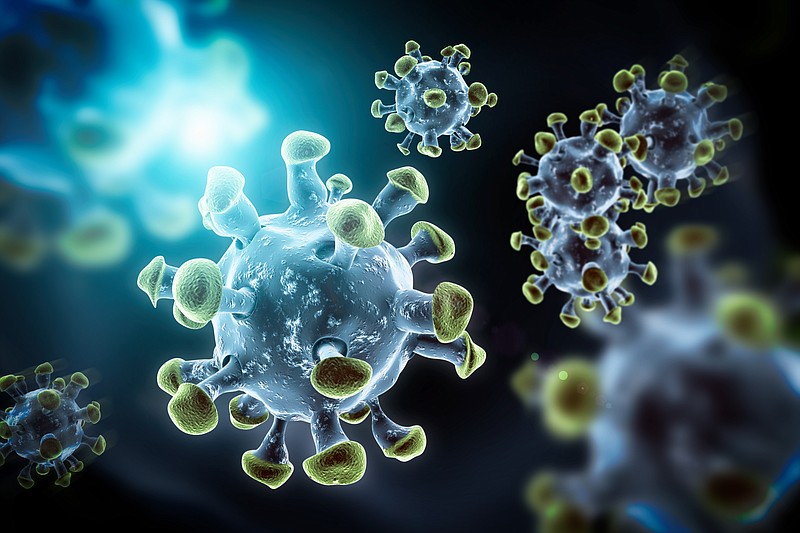There will be three stages to the coronavirus era. The stage we're in now is the period of emergency, when stores are shuttered, church services suspended, playgrounds closed. The stage we aspire to reach, the stage with reliable treatments and ready vaccination, is the period of normalcy - or the period when we get to discover what normal after the coronavirus means.
But in between is the phase we may inhabit into 2021: The time of semi-normalcy, when strictures are partially lifted, the economy partially reopened, social and cultural life partially resumed. It's worth offering some speculation about what that "semi" will entail.
* Balkanized normality. In their "Road Map to Reopening," Scott Gottlieb of the American Enterprise Institute and his co-authors offer several criteria for making the shift out of emergency: A "sustained reduction in cases for at least 14 days," a hospital system capable of treating coronavirus cases "without resorting to crisis standards of care," and the capacity to test and monitor every suspected viral case.
They imagine this shift happening state by state, though you could also imagine it happening city by city. Either way there will be an inevitable patchwork, reflecting differences in both spread and containment. Places with a terrible infection spike may reopen before places that have a gentler infection curve. Rural states will enjoy a much more normal semi-normalcy than Brooklynites or Chicagoans.
Alongside this geographical patchwork will be other balkanizations. The emerging coronavirus class divide, with a working class risking their health in the real world and white-collar workers retreating into Zoomspace, will diminish if offices and schools reopen, but it will hardly disappear. The experiences of the young and old will diverge, with over-70 Americans inhabiting a more enduring quarantine. And the minority of Americans who have survived the virus will become a special class, returning more easily to old routines than a majority still afraid of getting sick.
* Life at half-capacity. Right now our institutions must survive while essentially closed - with few or no customers, moviegoers, travelers. But soon they will have to figure out how to reopen while maintaining the social distancing that semi-normalcy requires.
Widespread masking may help, if shoppers and commuters wear their masks religiously. But there will still be the challenge of operating persistently at half-capacity - because fewer people will come out, and because there will be rules governing how many people can come in.
Thus the scenes at some grocery stores right now, the line of people six feet apart waiting to come inside and shop, may become a permanent feature of the semi-normal landscape. Churches will hold services with every other pew occupied. Restaurants will seat every other table.
And since the flow of money and custom and attendance won't come close to what existed just a month ago, any government response will have to be calibrated to a half-capacity world - where institutions are technically open for business, but they still need help to stay alive.
* New ways to quarantine. Right now, if you think you have coronavirus you're just instructed to quarantine at home while you wait (and wait ) for the test results to come through.
Under the faster testing regime of semi-normalcy, there may be other quarantine options. Just as hospitals can use beds in empty hotels to handle surges, cities may invite the asymptomatic and mildly sick into "COVID hotels," where they can be monitored for worsening symptoms and tested for antibodies, provided with food and internet and toilet paper, and even allowed to socialize with their fellow milder cases.
At the very least, we should expect that some experiment as strange as a COVID hotel will emerge as a feature of semi-normalcy. Because that's what the "semi" means: A twilight zone, a curious limbo, in which things that seemed impossibly weird will be accepted, even welcomed, as the price of not being in an emergency anymore.
The New York Times
